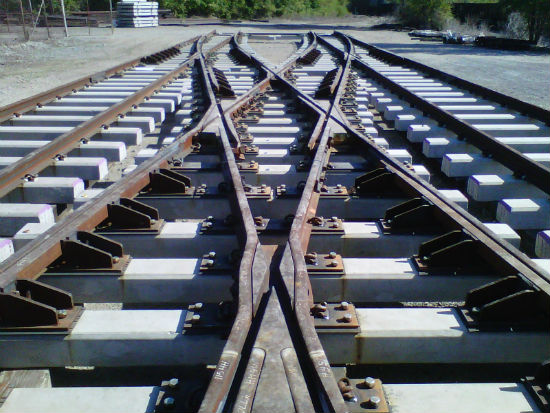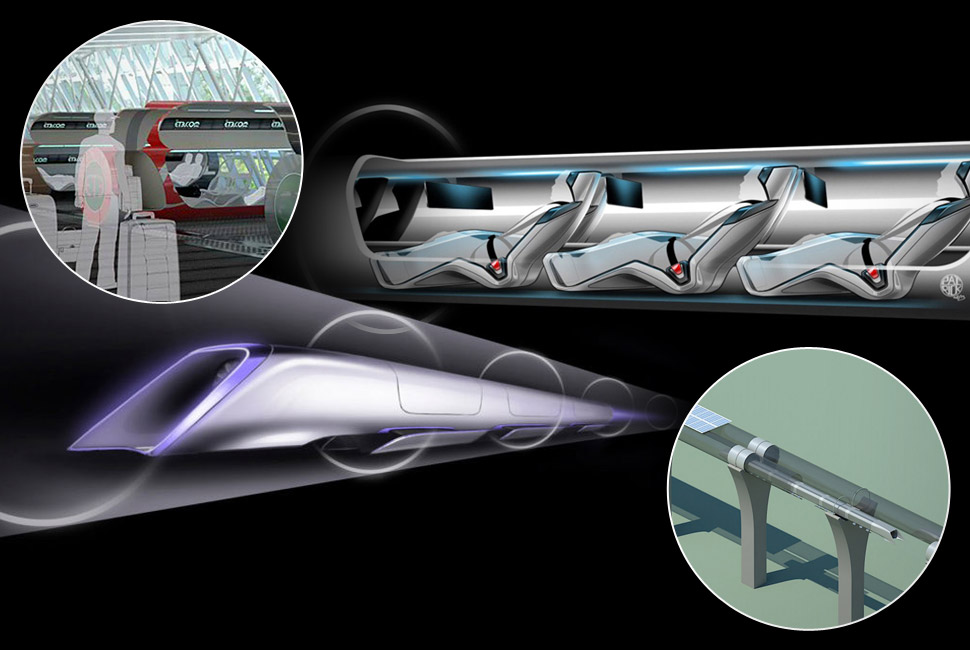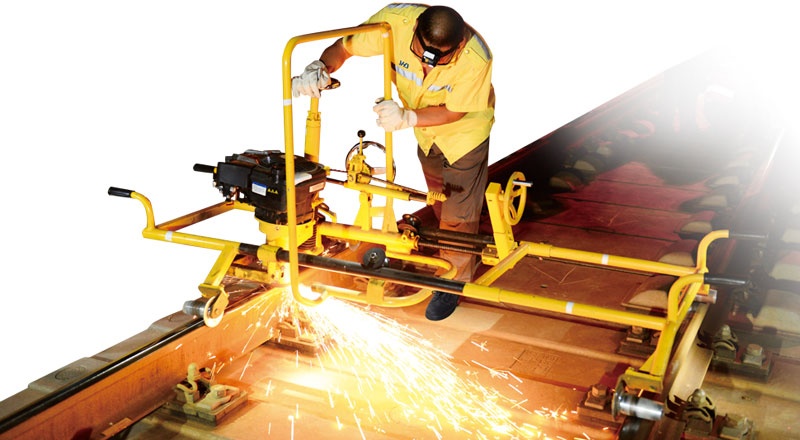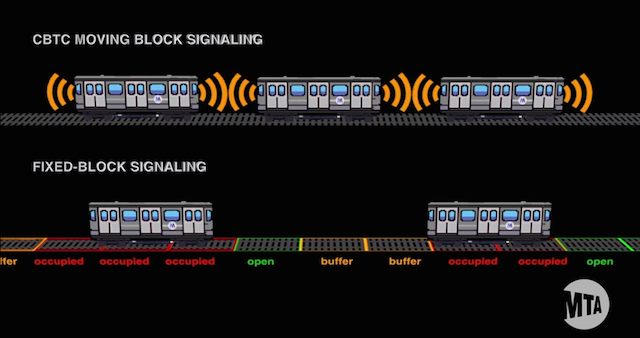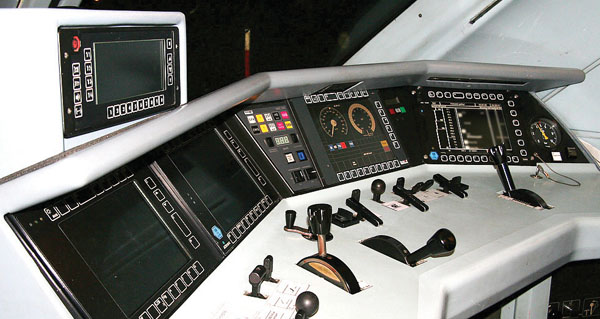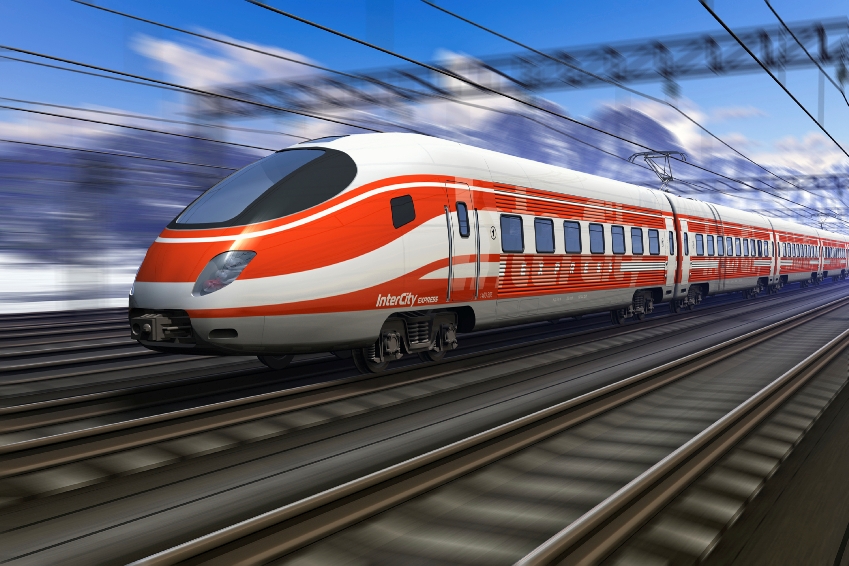Referring to the signalling field, a Railway Interlocking is a set of signal apparatus placed on the track in order to prevent conflicting movements among trains, through an arrangement of track devices such as junctions , derails and crossings.
Once a route is set and a train is given a signal to proceed over that route, all movable devices belonging to the route are set in the locked position, until the train passes beyond the section of the track involved or the signal to proceed is withdrawn and a certain time has passed, ensuring that a train approaching that route has had possibility to come to a stop before passing the signal.
In few words, Railway Interloking is basically designed to:
- Ensure that any route is safe to operate over;
- Maintain the route which a train is approaching or using
- Ensure the system fails to a safe state
Alstom Transport provides us a brief but interesting video about Railway Interlocking, trying to explain the main working principles.
[youtube url=”http://www.youtube.com/watch?v=QdBs5jRIxWE” width=”560″ height=”315″]
Did you like this post? Would you like to be informed about the last railway signalling technical and commercial news? Join us on LinkedIn and stay updated!
railwaysignalling.eu | walk the rail talk


